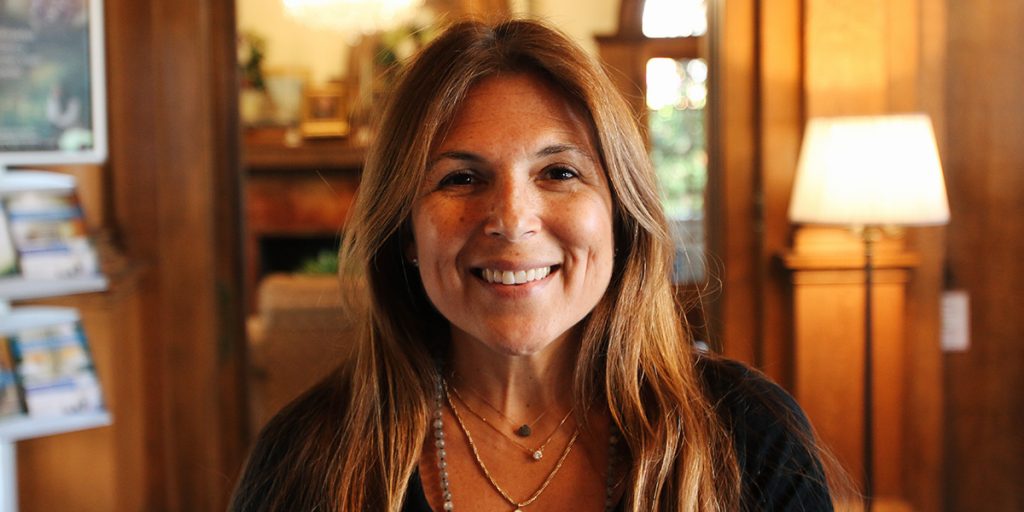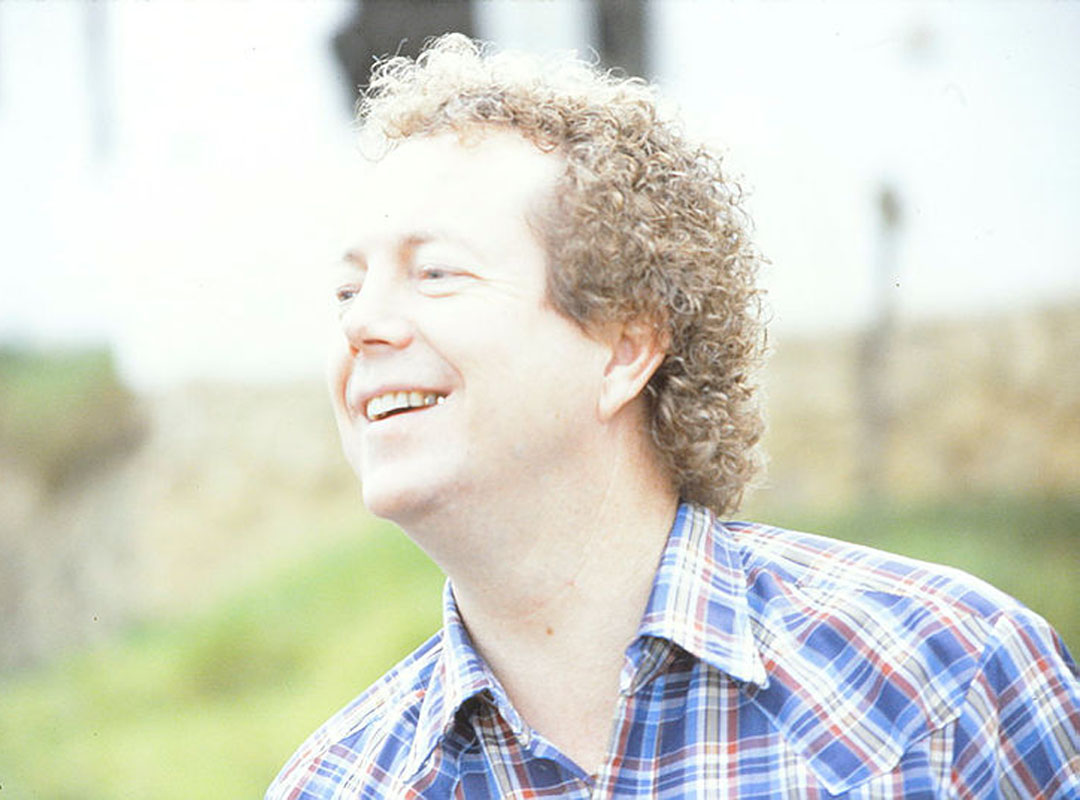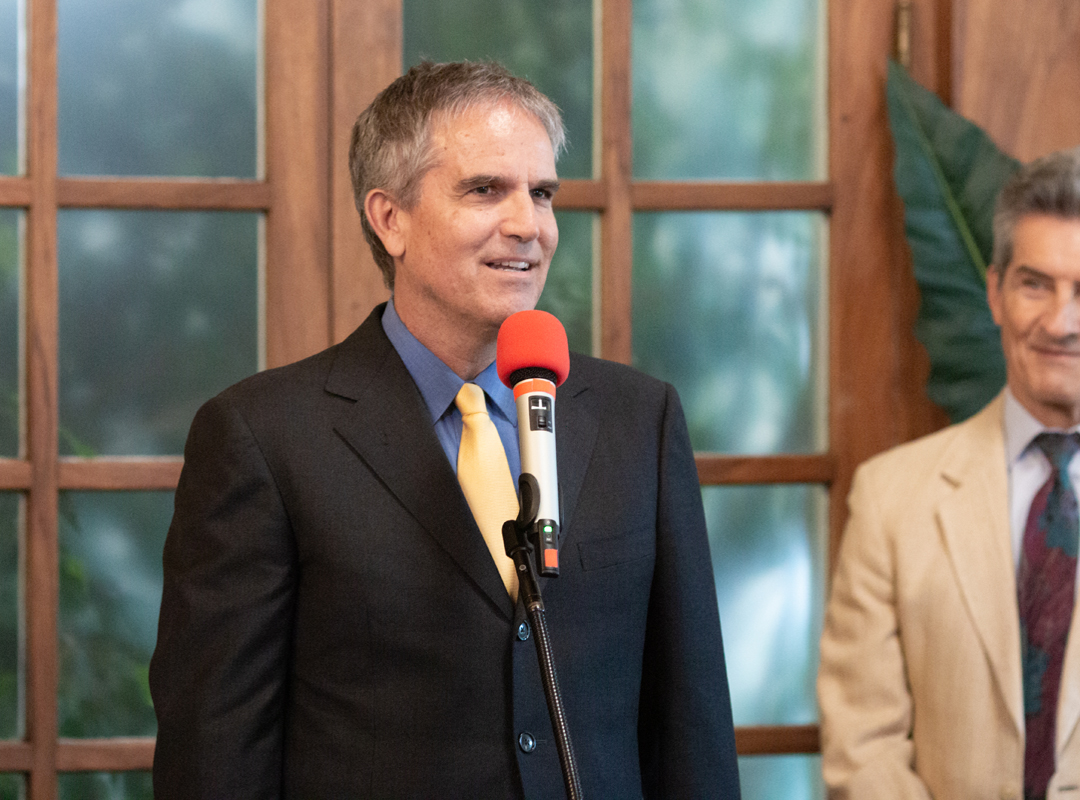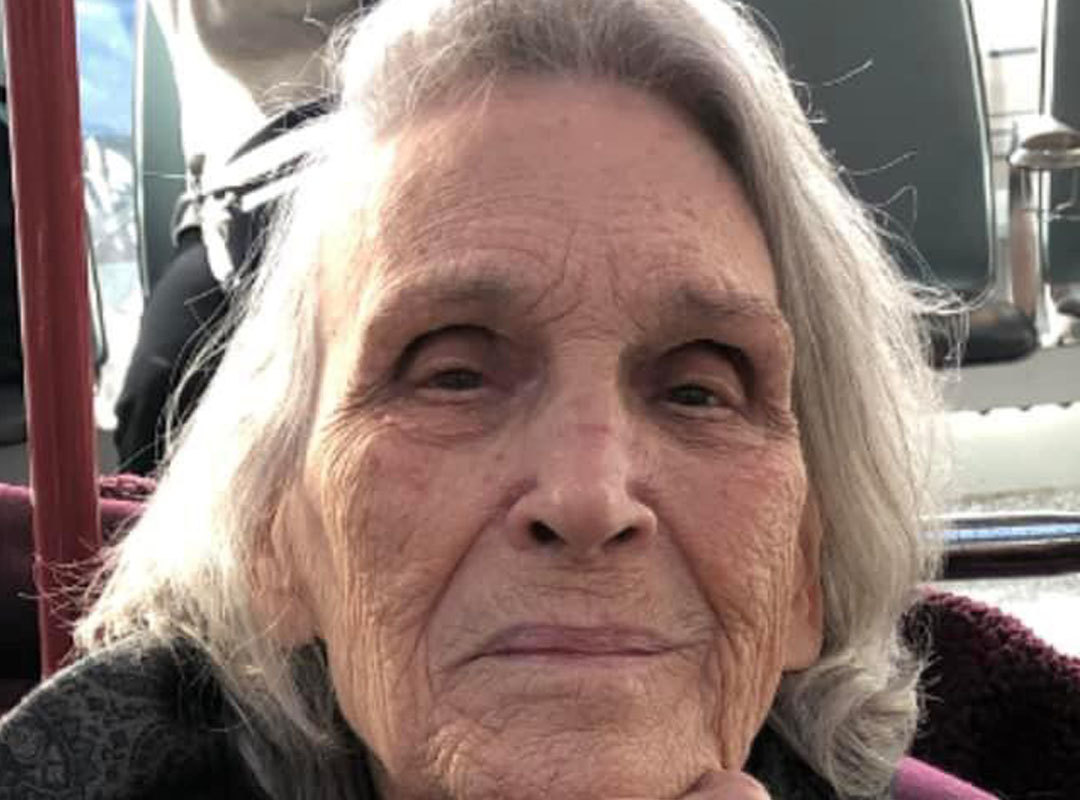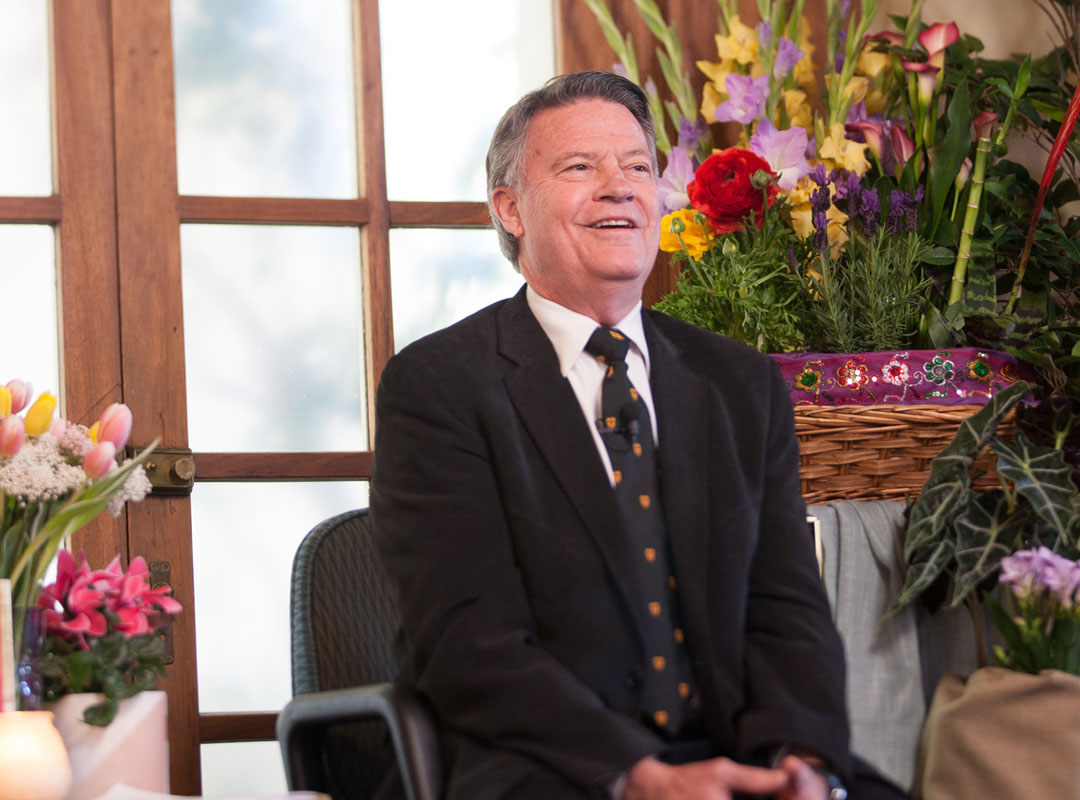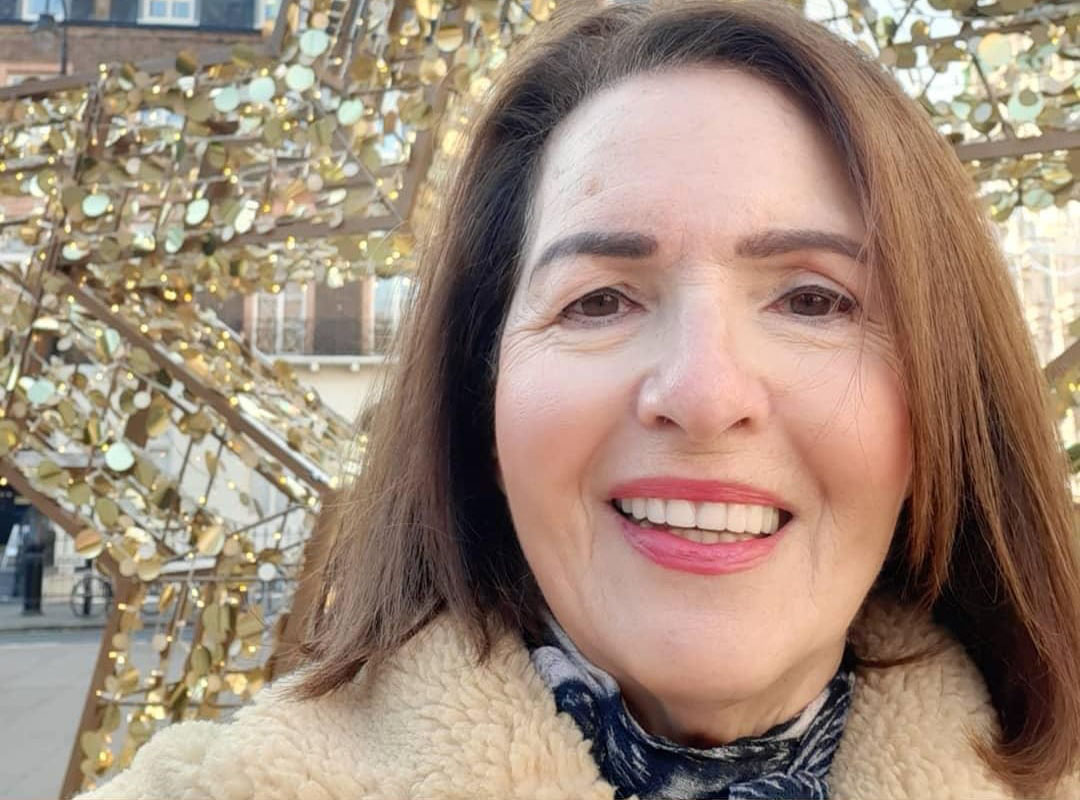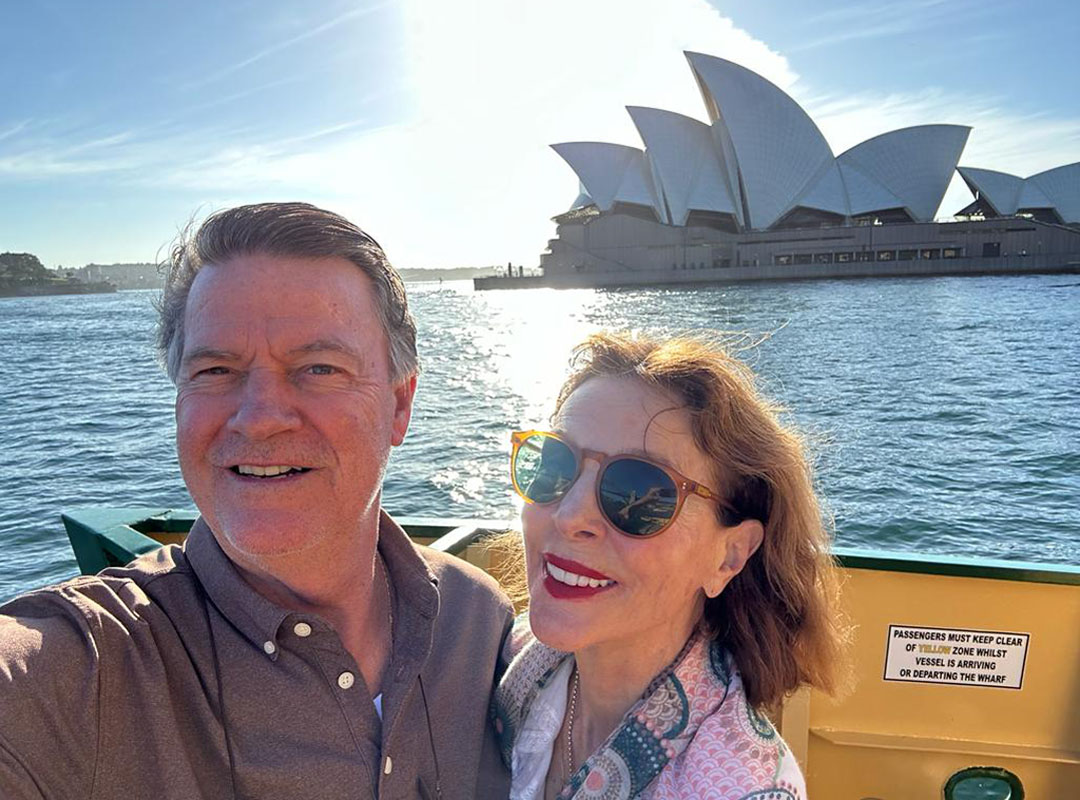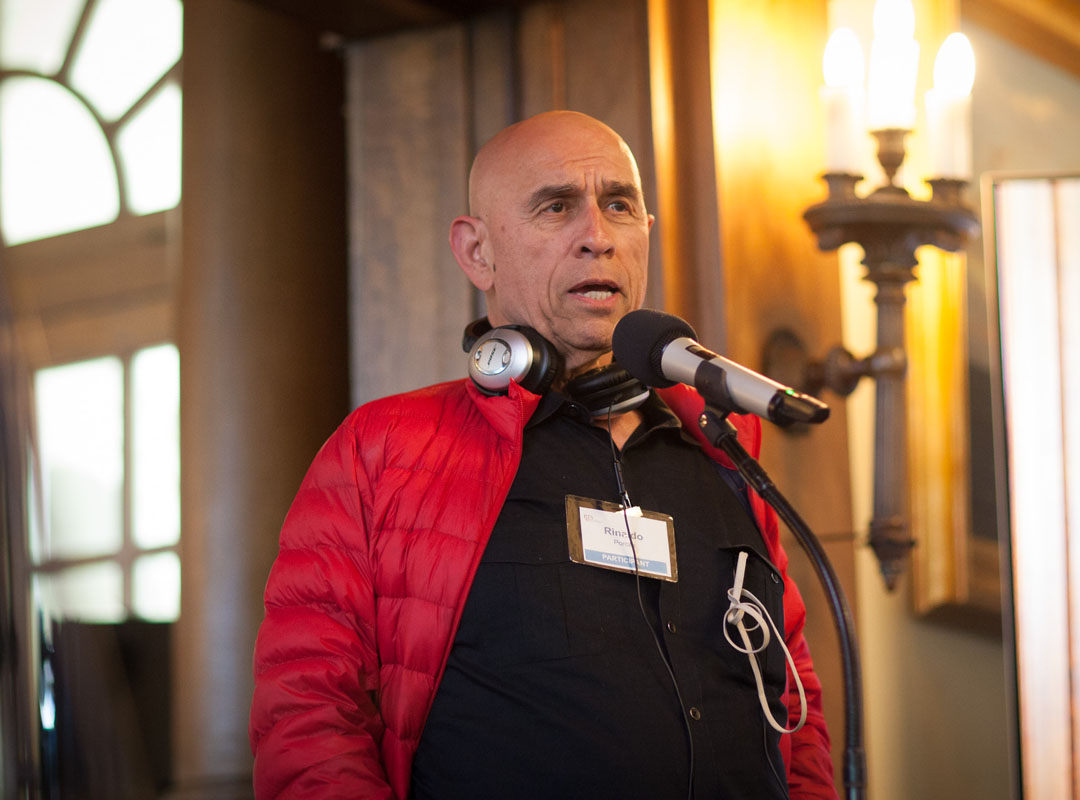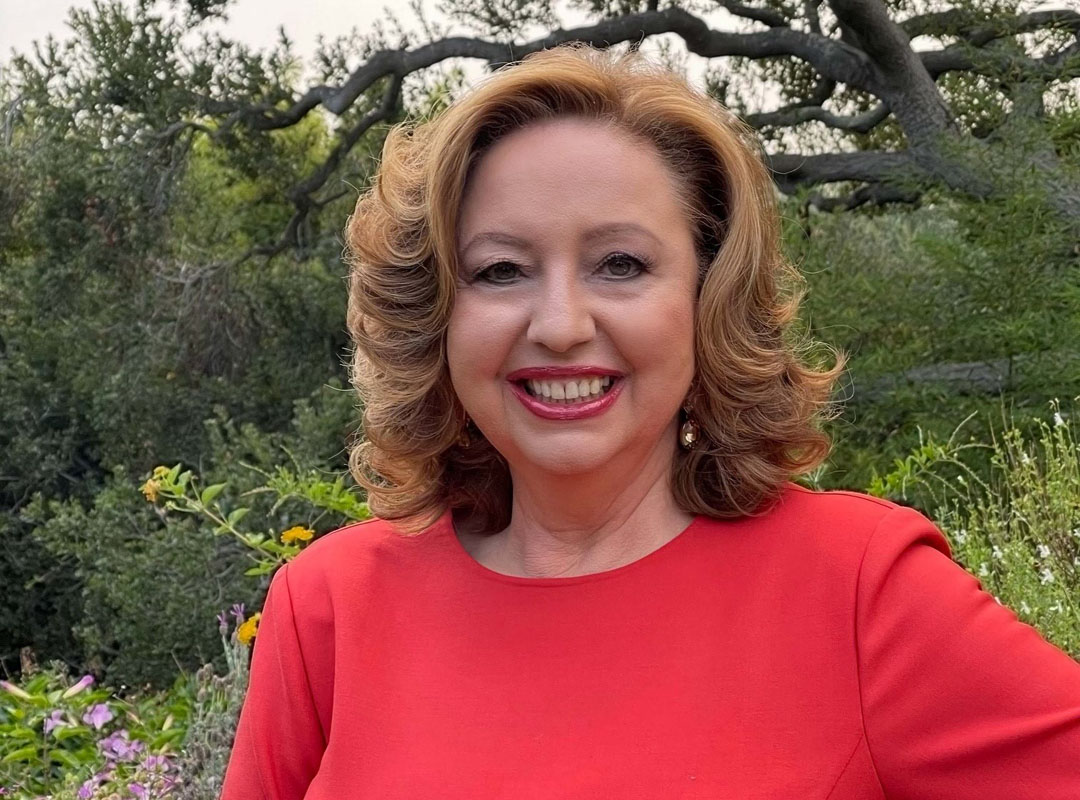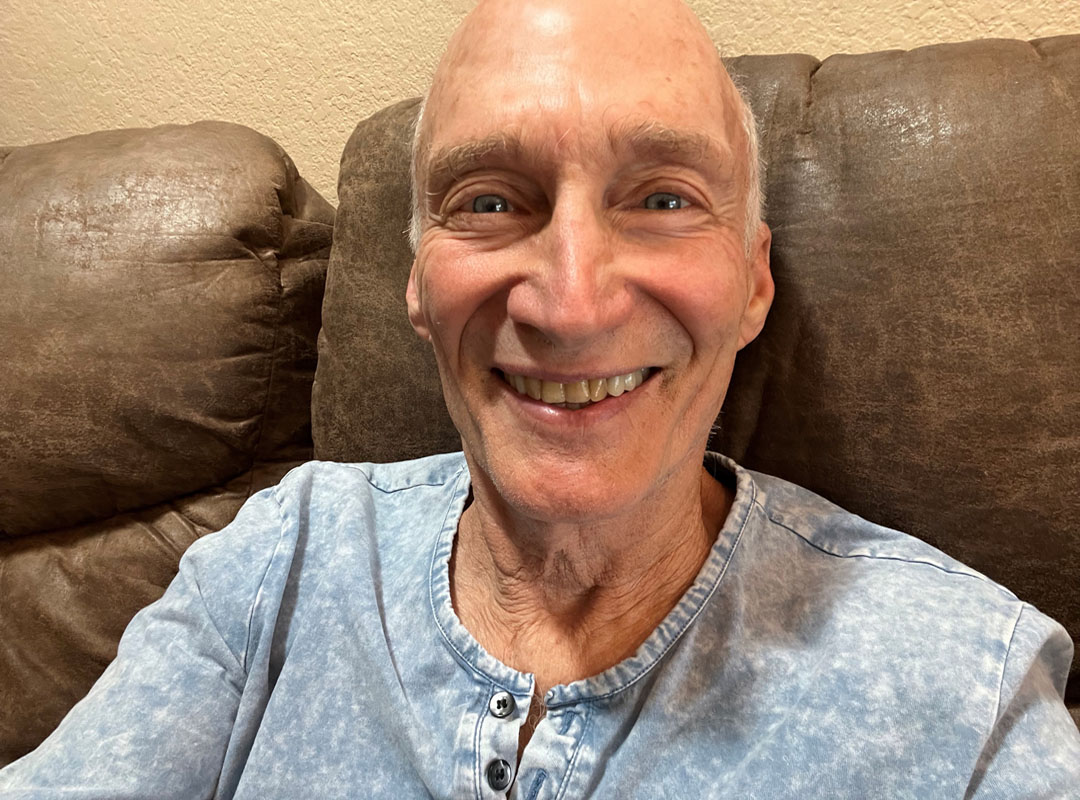David: So the purpose of this interview is to share who you are, how you got here, and what you’re doing with NOW Productions. And we’re conducting it at the recommendation of Leigh Taylor-Young, is that correct?
Jennifer: Yes. I had the gift of having breakfast with Leigh and we talked about many things and got to know each other. Towards the end of our breakfast, she said, “I think you should consider doing an article in the New Day Herald so that people can know who you are.”
—
I started with NOW Productions in November of 2016. I got the feeling at Conference last year [2017] that people must have wondered who I was because I was so new, sitting next to where Julie Lurie sits at Conference, doing the sound log.
MSIA is a big organization and a lot of people have asked me, “Who are you? What do you do?” I’ve often paused at that question because the nature of my job has stirred things up a bit.
David: Who are you and what do you do? Those are important questions. And that brings me to the purpose of these interviews which is to connect with people and to tell their stories. We have a lot of amazing people in MSIA and when we get to know each other, we get a little closer and there’s a supportive energy that happens in that.
So Jennifer, I’m here to listen and I’d love to know who you are and why you’re here and what you see yourself doing in the role that you have with NOW Productions. I want to hear it from you.
Jennifer: You reminded me of something very funny. My desk is over at 2101 [Wilshire] and I ran into Jsu Garcia over there and we were chatting and he said, “How’d you get this job? You’re a yoga teacher?” And I realized in that moment that people don’t really know who I am.
We live in a world where if you walk around tooting your resumé to people, they’ll think you’re arrogant and self-promoting. But it matters to people. And the yoga teacher thing only came in the last five years and that grounds me and helps me to be better. And even Paul Kaye said to me, “Don’t skip your yoga class, you’re a better person after you’ve done yoga.”
David: [laughs] That’s practical! So tell me, what’s your background? Tell me your resumé.
Jennifer: I spent almost 20 years in fashion retail and then in Communications and Leadership Development at Sony Electronics Inc. When I started my career, I didn’t have a direct knowing about what I wanted to be and I didn’t have a lot of guidance in college. I didn’t have parents who went to college so nobody was really pushing me or guiding me. I got into UCLA but I ended up going to UC Santa Barbara and getting a liberal arts major.
I like to write and I’m an advocate and at the time I thought that law school was going to be my place but to be honest, I was intimidated by the test and that got in the way.
After college, I ended up doing a “UCDC” internship in the public defender service in the mental health division in Washington DC. I moved to DC to do this amazing internship and what I learned from that was that I didn’t feel I had the constitution to be in that line of work. I was driven, I was raised by a single mom, and I wanted to make money. I didn’t want to struggle like I perceived she did. I saw these lawyers who were not making a lot of money doing all of this beautiful public service work and I didn’t think that I could survive it.
I had studied Japanese in college and I applied for a program called JET, the Japanese English Teacher program that’s through the Japanese Embassy. I got accepted into that and it started a year after I was in DC. So I lived in Japan for a year where I taught English in six different junior high schools and two elementary schools. It was really a cultural thing because the students and teachers were so scared to speak English. I was there in those schools as a native English speaker. It was a beautiful experience and while I was there I kept up my study of Japanese.
David: Where were you in Japan?
Jennifer: Within Japan, there are four Islands and I lived on Shikoku which is the smallest island on the inside of Honshu which is the big island that has Tokyo and Osaka. I lived in a prefecture which is the equivalent of a state in the US and it was called Ehime-Ken. I lived in the capital city there called Matsuyama-shi. At the time, this is back in ‘94, that city was half a million people. It was known for the Mikan, the little beautiful orange, the cherry blossoms, and the onsens, which are such a beautiful part of their culture.
When I came back [from Japan] I ended up getting a part-time job at Banana Republic. The artist in me was drawn to the look and feel of the brand and it was different then, it was more elevated and they used different fabrics and higher qualities of fabrics.
I’m a learner and I’m a hard worker and with retail, you really just need to be eager and show up and to be reliable and you will be given many opportunities, and I was. By virtue of being a good student and being ambitious. I wanted to grow and I had that mindset. I spent ten years working for GAP Inc. I started in the stores and then I was promoted to a job where I was an operational auditor and I traveled all of our stores West of Texas. Following that, they moved me to San Francisco where I joined the Old Navy Team and I spent my last two years back at Banana Republic. Professionally I grew up there in many ways. It was an amazing time of learning, growing and hard work. Retail is a 24/7 business.
At the end of the ten years, and just shortly after my marriage split up, I decided to look for work in Manhattan. I had always wanted to live in New York. I got a job and there with a startup retailer under American Eagle Outfitters and that was a brand called Martin & Osa. I think I was the 20th employee hired there and I helped open — and unfortunately close because it happened around the crash of 2010 — 28 stories by the time that we completed, all over the United States.
My background is in business and operations and where my energy draws to is the team, the people. The proverbial question that’s always out there in any environment is “How do you engage people?
I always felt that you need to rely on your people. You can have ten minds at a corporate office making great decisions but those decisions have to be implemented. They are implemented by the people and the people have to feel part of it. They have to feel engaged. They have to feel valued. Whatever you want them to give to the outside they have to feel it from the inside.
David: I love the way you said that. It’s such a key to me; how we are with each other is going to reflect in how we are with the world and what we put forward. So how do you see that with what you’re doing now, with NOW Productions?
Jennifer: It’s important to note that the last large job I had was in a director role where I was overseeing a team at Sony. I had a team of eleven people, most of whom I did not hire. I was responsible with my team for supporting Sony’s retail division but none of them had retail experience. It was a very interesting dynamic and it really challenged me personally and professionally. Many people on the team did not accept me at first and I had to build relationships with each of them. We had to come together for a shared outcome of opening the first Sony global retail concept store and we had many different skill sets.
Sony is a massive company. Culturally I got the Japanese part but how it was interpreted in the U.S. was a different cultural experience for me. I came from Gap Inc and American Eagle Outfitters where they were a bit more modern in their approach, they understood that the employee experience is important. When I got to Sony, you have a lineage that’s so deep, that everybody would come to meetings with their laptops. They were there to meet but everyone was on their laptop, and I’m sure they weren’t typing notes for the meeting.
Thankfully, I had done the USM program from 1998 to 2000, I didn’t have a relationship with John-Roger and MSIA but I had the spirit of what came through J-R and through USM. I had a language and I had a skill set that supported me in my career. I don’t know how it would have been if I hadn’t done the USM program then. Then, when I came back to LA after Sony, I worked for Ron and Mary Hulnick for two years at USM.
For whatever reason, I hadn’t really developed a relationship with John-Roger. I had never really explored it. And then, there I was at the last USM graduation in 2016 — and I knew the program because I worked with Ron & Mary — and it was changing and I’m sure it was changing because it was the last one. Ron started talking about John-Roger when usually Mary introduces that, Robert Holden was the commencement speaker and he was talking about John-Roger. And I just had this profound awareness come over me and this reverence that was very emotional. I was like, “Oh my gosh! what this man chose into has changed the trajectory and foundation of my life.” I was overcome with compassion and gratitude and awe.
That was on a Sunday. The very next day, I got an email from MSIA with three jobs and this was one of them. I had never received any email from MSIA other than the Loving Each Day. And, I had just started looking for fulltime work. I remember seeing this job, it was called the Project Change Manager.
Even though I wasn’t looking for a Project Manager role, the change piece was something that I felt very akin to because for change you need cooperation, you need agreement, you need creativity, and the willingness of people to make change. And even though there was an audiovisual component [that I was unfamiliar with], I had been working on my own podcasts, so I had an appreciation for that. I didn’t feel like I was completely a fish out of water. I’m also not somebody that pretends to know something that I don’t know and I’m not afraid to ask the dumb question. So I applied.
When I came in to meet the MSIA presidency it felt like a fit for all of us. The Project Change Manager job has now completely morphed into the role I’m in now, which we shifted earlier this year into Director of Operations for NOW Productions. The importance of that is that I’m no longer in a consulting type role which is what a Project Change Manager can feel like. I’m part of the team and I’m here to help direct the operations.
NOW Productions still reports to the MSIA Presidency. I report into the MSIA Presidency. Most of the team works through me, but I’m not the manager of all of NOW productions because we have a diverse skill set that I highly regard and respect and honor. People like Phil Danza, Nancy Carter, Greg Fritz. These guys and gal built this from scratch at J-R’s home and the appreciation and awareness of that never leaves me.
I look up to Nancy in many ways. Recently we had lunch and I opened myself up to her feedback. We’re in high cooperation and we work together and I still share and sometimes challenge things with her. I look to her and she gives me very sage advice on things like being aware of my energy and slowing down.
I don’t think I’ve ever met any person who works at MSIA who isn’t completely aligned with the mission. I’ve never been in any organization where I could say that. How that mission comes through us in a practical, tangible way is where the rubber meets the road. And with John-Roger no longer being in a physical body I think it’s incumbent upon us to get out of our own way and bring that to another level, whatever that can be within us, to support the mission.
Leanna Sharp has been a huge teacher for me too. She’s been in this community since she was born. I saw a picture of her where she is getting a blessing as a baby from John-Roger in her home. I bring her up because she reminds me of things like “There is no urgency in Spirit” and that is a beautiful reminder for me because when I first came on board we didn’t talk about my job being long term. So, maybe there’s a part of me that feels like I have to rush to finish whatever I’m supposed to get done but it’s morphing. I feel like now I am a part of the team and there’s still plenty of work to do.
David: What’s standing out to me in what you’ve shared so far is how everyone is in alignment with the purpose and that inner spirit that seems to be pervading throughout MSIA. There has been a shift from J-R being here physically and being the man for all of us as a reference point. That’s changing into our own inner reference points.
You’re talking about living in that dynamic interplay between being physically embodied, having an ego, having a personality, doing all this stuff and having a spiritual reference point. And I see you really holding the focus with both of those things. Saying, “Yes, there is no urgency in spirit. I hear that. AND I’m working here, so I’m going to do what I can to do a good job.”
That’s the essence of what I hear you sharing and I’m grateful for your courage, the way that you show up and your willingness to speak and to stand in what’s true for you. To me, that’s what we’re all learning to do. And as you demonstrate that I see other people with that and supporting that.
This is who we are and who we are is coming through in what we’re doing.
In our initial conversation, you talked about the email that went out when you first came on staff and that you would have liked a better introduction. What would you have had that introductory email say? What do you want to say to everyone to let them know that Jennifer Herrera is here, that this is who she is and what she’s here to do?
Jennifer: That’s a great question. I would like everyone to know a little bit about my practical experience so they feel like the Prez made a sound decision in asking someone that they never heard of to join in such an important role.
I would want them to know that although I am not yet a minister or initiate, that I consider myself to be a part of this community and this lineage of learning and spiritual awakening and that I have a solid practice of spiritual study and self-study that I bring into my life on a daily basis to support me in doing and being the best that I can be.
And the other thing that comes forward now is that I am a talker and I’m a communicator and I have a presence and I am very sensitive and my heart is very big. And thankfully, to Ron and Mary, I have tools to work my process. I feel things on very deep levels. And I work through that as best I can so I can clear my space and keep showing up as best I can. And the main piece is that I know the importance of listening. The key thing is that people who feel heard are more willing and participate at a totally different level than when they don’t. I’m a student of listening. I’m always working on how I can be listening.
I want this article to be an invitation. If anyone wants to connect with me or learn more, I am open. And even if I don’t seem open, I will find my way and create that space.
It’s important that people know that I’m here to help support operational practices for NOW Production’s work streams. [For example], our post-production process is a multi-layered, multi-step, highly collaborative process. When NOW was in one physical space it probably worked just fine, but with technology expanding every year and teams that are in three different locations we need this kind of structure to support us. We’re looking at having a post-production tracking tool. We have a digital work request tool that we’re working on that will make it very easy to ask NOW productions for support.
NOW Productions has expanded. We have more people on our team. We’re looking at the organizational structure of what people do. We’re building out our Live Production tech team and we’re building out our post-production editing team.
All of this supports the [MSIA] archive. Archiving is one of the top priorities that Mark Lurie shared with me when I first began. To be honest, I didn’t really get the full scope of NOW Productions and MSIA and the purpose MSIA and the teachings until I went to the Hollywood vault and saw the four rows and maybe 18 feet of our media. It didn’t really register until I was physically in that space.
The subtitle work stream is also a huge project that I’ve been a part of with Leanna and all these beautiful translators like Ina, Nora, and Mate. The art of translation at MSIA has been a great opportunity to learn and get to know our shared cultures. And, this project makes me think about all the beautiful women in our community. I think about how LTY was the one who encouraged this [interview]. I think about Nancy Carter, and I think about Margarita Gibson and Leanna Sharpe, Julie Lurie, and Susan Valaskovic, among others. I think about these women who are devoted and powerful and dedicated to the mission of MSIA. It takes courage for women to speak up in our world, even today. It’s a reminder that Spirit is genderless. Everyone is being used to serve and I am encouraged that we are a modern church creating the space for all.
David: Thank you, Jennifer. I’ve loved having this conversation because in addition to writing a great article, I get to know what you’re doing and feel that connection with you. I want to just say, “I love you, I support you, and I’m available in that same way.” That is my intention. And as you said, “It’s all about the people.” So let’s be people together and then see where we go from there.
Jennifer: Thank you, David. Have a beautiful day.
—
If you’re called to work with NOW productions, you can see a list of available positions here at msia.org/jobs







